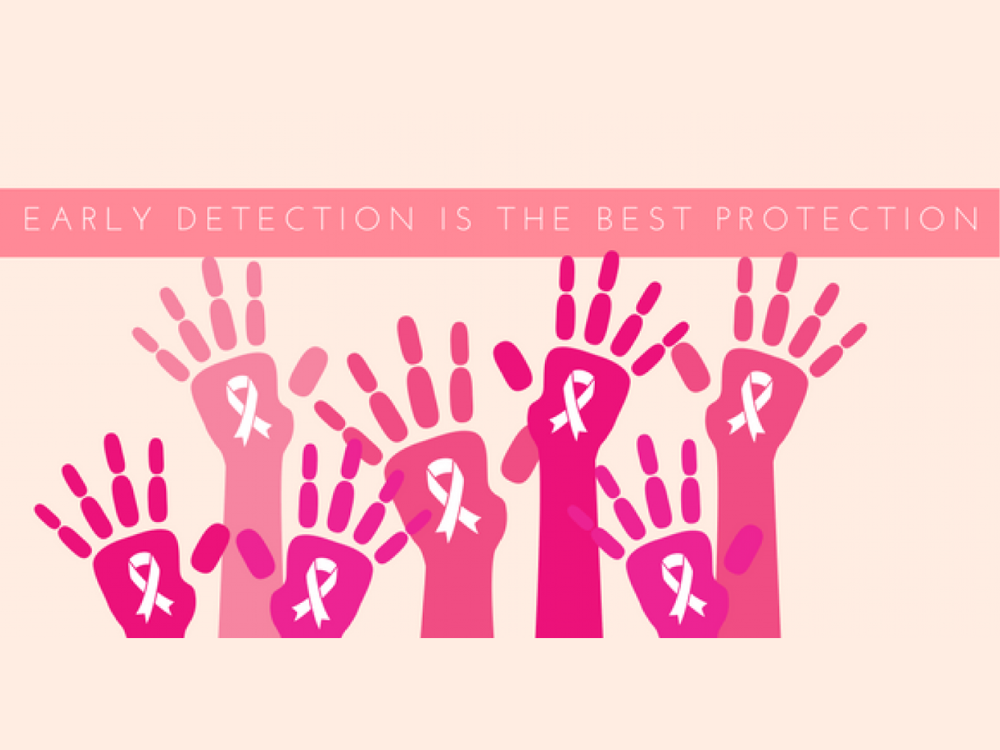All people, whether male or female, are born with some breast cells and tissue. Breast cancer isn’t typically associated with men. However, male breast cancer can occur in rare instances at any age, although it’s more common in older men.
Many people don’t realize that men have breast tissue too, and those cells can undergo cancerous changes. Because male breast cells are much less developed than women’s breast cells, breast cancer in men isn’t as common.
Even though males do not develop milk-producing breasts, a man’s breast cells and tissue can still develop cancer. Even so, male breast cancer is very rare. Less than one percent of all breast cancer cases develop in men, and only one in a thousand men will ever be diagnosed with breast cancer.
Breast cancer in men is usually detected as a hard lump underneath the nipple and areola. Men carry a higher mortality than women do, primarily because awareness among men is less and they are less likely to assume a lump is breast cancer, which can cause a delay in seeking treatment. The majority of men diagnosed are over the age of 50.
Types of Breast Cancer
Types of breast cancer diagnosed in men include:
- Cancer that begins in the milk ducts (ductal carcinoma). Nearly all male breast cancer is ductal carcinoma.
- Cancer that begins in the milk-producing glands (lobular carcinoma). This type is rare in men because they have few lobules in their breast tissue.
Other, rarer types of breast cancer that can occur in men include Paget's disease of the nipple and inflammatory breast cancer.
Symptoms
Signs and symptoms of male breast cancer can include:
- A painless lump or thickening in your breast tissue
- Changes to the skin covering your breast, such as dimpling, puckering, redness or scaling
- Changes to your nipple, such as redness or scaling, or a nipple that begins to turn inward
- Discharge from your nipple
Most men don’t regularly check their breast tissue for signs of lumps, so male breast cancer is often diagnosed much later.

Risk Factors
- Getting older
- Radiation exposure
- High levels of the hormone estrogen
- Family history of breast cancer, especially breast cancer that is related to the BRCA2 gene.
- Hormone therapy treatment
- Liver disease
- Overweight and obesity
How Is Breast Cancer Treated?
Men and women diagnosed with breast cancer at an early stage have a good chance for a cure. Treatment typically involves surgery to remove the breast tissue.
Other treatments, such as chemotherapy and radiation therapy, may be recommended based on your particular situation.




